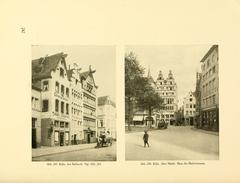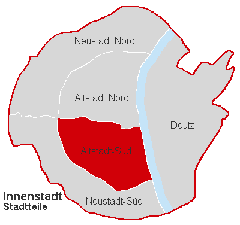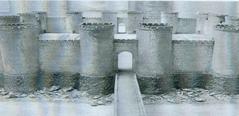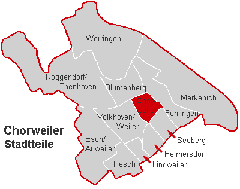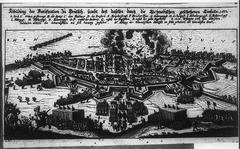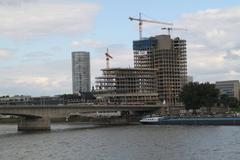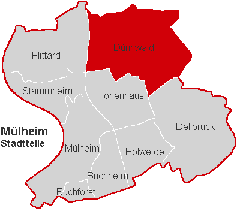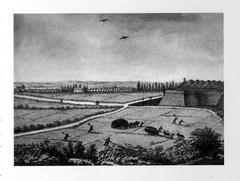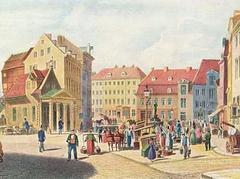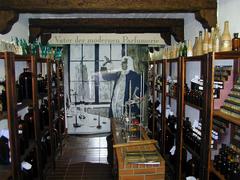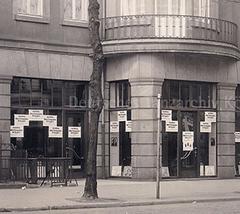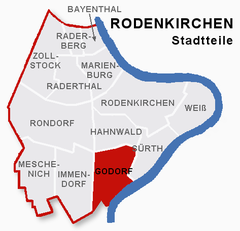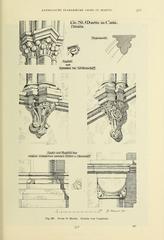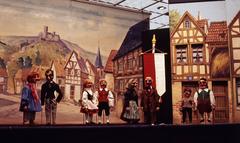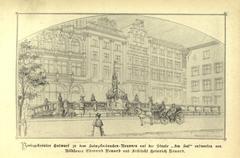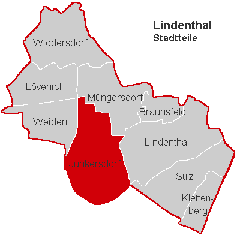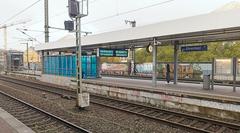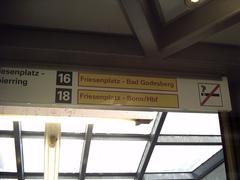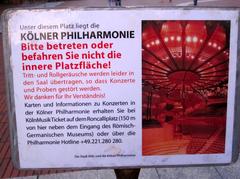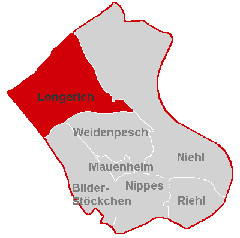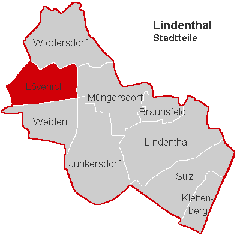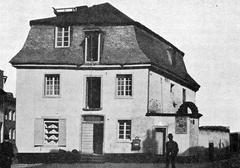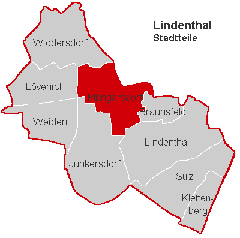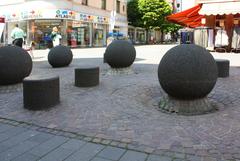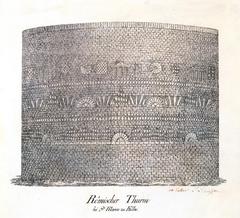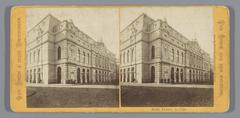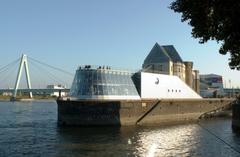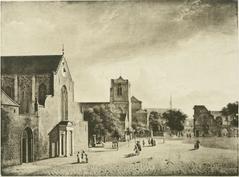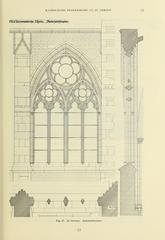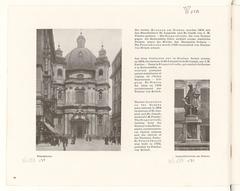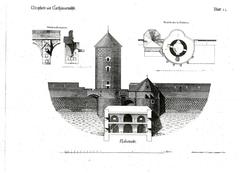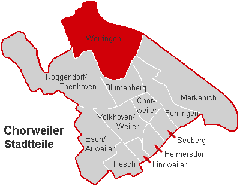Comprehensive Guide to Visiting Bastei Germany: History, Significance, Visitor Tips, and Everything Tourists Need to Know for a Memorable Experience
Date: 18/08/2024
Introduction
The Bastei Bridge, a quintessential landmark nestled within the Saxon Switzerland National Park in Germany, is an architectural marvel and a testament to the region’s rich history and natural beauty. Initially constructed as a wooden bridge in 1824 to connect various towering sandstone rock formations, it was replaced by a more durable sandstone structure in 1851 to accommodate the growing number of visitors (Wikipedia). The bridge’s strategic location offers breathtaking panoramic views of the Elbe River Valley and the surrounding sandstone mesas, making it a haven for photographers, hikers, and nature enthusiasts alike.
The Bastei Bridge isn’t just a feat of engineering; it has also had a significant cultural impact. Artists like Caspar David Friedrich have been inspired by its dramatic scenery, contributing to the cultural and artistic heritage of the region (Wikipedia). Modern developments have further enhanced the visitor experience, with well-maintained hiking trails, viewpoints, and facilities such as souvenir shops and hotels like the Berghotel Bastei offering accommodations with stunning views (HowToHolly).
Whether you’re planning a day trip from nearby Dresden or a longer stay, the Bastei Bridge offers an array of activities and attractions. From exploring the ruins of the Neurathen Castle to embarking on various hiking and climbing adventures, there’s something for everyone. The region’s commitment to environmental conservation ensures that its unique sandstone formations and diverse flora and fauna are preserved for future generations (EarthTrekkers).
Table of Contents
- Exploring the Bastei Bridge: History, Visiting Hours, and Tickets
- Visitor Tips for Exploring Bastei Bridge
- FAQ
- Conclusion
- References
Exploring the Bastei Bridge: History, Visiting Hours, and Tickets
Early Beginnings and Construction
The Bastei Bridge, located in the Saxon Switzerland National Park, has a rich history that dates back to the early 19th century. The initial structure was a wooden bridge constructed in 1824 to connect several rock formations, providing a pathway for visitors to explore the stunning natural landscape. This wooden bridge was a significant development, as it allowed tourists to traverse the deep clefts of the Mardertelle Gorge and access the outer rock shelf of the Bastei (Wikipedia).
Transition to Stone
Due to the increasing number of visitors and the vulnerability of the wooden structure, a more permanent solution was sought. In 1851, the wooden bridge was replaced by the current stone bridge, which is made of local sandstone. This new bridge spans 76.5 meters (251 feet) and features seven arches that rise 40 meters (131 feet) above the ravine (Sächsischer-Schweizer). The stone bridge not only provided greater stability and security but also enhanced the aesthetic appeal of the area, blending seamlessly with the natural surroundings.
Architectural Significance
The Bastei Bridge is a marvel of 19th-century engineering and craftsmanship. Carved from local sandstone, the bridge’s design was intended to harmonize with the jagged rock formations of the Bastei, which rise 194 meters (636 feet) above the Elbe River. The bridge’s construction was a significant achievement, as it required precise engineering to ensure the stability of the structure while maintaining the natural beauty of the landscape (DelveIntoEurope).
Cultural Impact
The Bastei Bridge quickly became a popular tourist destination, attracting visitors from all over Europe. The breathtaking views of the Elbe Valley and the surrounding sandstone mountains inspired numerous artists, including the famous painter Caspar David Friedrich, who captured the dramatic scenery in his works (Wikipedia). The bridge and its surroundings have been a source of inspiration for many, contributing to the cultural and artistic heritage of the region.
Modern Developments
In recent years, the Bastei Bridge has continued to be a major attraction, drawing millions of visitors annually. The area has been developed to accommodate the influx of tourists, with well-maintained hiking trails, viewpoints, and facilities such as souvenir shops, restaurants, and hotels. The Berghotel Bastei, located near the bridge, offers accommodations and dining options with panoramic views of the Elbe River and the Bastei rock formations (HowToHolly).
Preservation Efforts
Given its historical and cultural significance, the Bastei Bridge is protected as an architectural monument. Efforts have been made to preserve the bridge and its surrounding natural environment. The Saxon Switzerland National Park, which encompasses the Bastei, is dedicated to conserving the unique sandstone formations and the diverse flora and fauna of the region. Visitors are encouraged to respect the natural landscape and adhere to guidelines to minimize their impact on the environment (EarthTrekkers).
Accessibility and Visitor Experience
How to Get There
The Bastei Bridge is easily accessible from major cities such as Dresden and Prague, making it a convenient day trip destination. Visitors can reach the bridge by car, with parking available near the entrance, or by public transportation, including trains and ferries (TheSpicyJourney).
Visitor Information
The park is open year-round, and there is no entrance fee, although some viewpoints may charge a small fee during peak seasons. Visitors should check for specific visiting hours, which may vary by season, to plan their trip accordingly. Guided tours and special events may also be available, enhancing the visitor experience (HowToHolly).
Best Times to Visit
To avoid the crowds, it is recommended to visit the Bastei Bridge early in the morning or later in the afternoon. The bridge and its surroundings offer spectacular views in every season, from the lush greenery of summer to the vibrant colors of autumn and the snow-covered landscape of winter. Each season provides a unique experience, making the Bastei Bridge a year-round destination (HowToHolly).
FAQ
What are the Bastei Bridge visiting hours? Visiting hours vary by season, so it’s best to check the official website or local information centers for the most current details.
How much are tickets to the Bastei Bridge? While there is no entrance fee to the park, some viewpoints may charge a small fee during peak seasons.
What are the best times to visit the Bastei Bridge? Early morning or late afternoon visits are recommended to avoid crowds, and each season offers a unique and beautiful experience.
Visitor Tips for Exploring Bastei Bridge
Best Time to Visit
The Bastei Bridge and its surrounding areas in Saxon Switzerland National Park are open year-round, but the experience can vary significantly depending on the season. The busiest time is around midday, especially during the summer months when tourist buses frequent the area. For a more serene experience, consider visiting early in the morning or late in the evening. Staying at the Berghotel Bastei allows you to visit the bridge at any time, including sunset, when the area is less crowded and the lighting is perfect for photography.
Getting There
The Bastei is located approximately 40 kilometers east of Dresden, making it easily accessible by car. The drive from Dresden takes about an hour, but the scenic route through the Saxon Switzerland National Park is worth taking your time to enjoy. Renting a car in Dresden is a convenient option, and the roads are well-maintained and easy to navigate. Alternatively, there are day trips available from Berlin, but starting from Dresden is recommended for a more relaxed experience (AnAdventurousWorld).
Hiking Trails
The Bastei Bridge hike is one of the most popular activities in the area. The trails are well-marked and vary in difficulty, making them suitable for hikers of all levels. Some of the notable trails include:
- Bastei Bridge Loop: This is a relatively easy hike that takes you across the iconic Bastei Bridge and through the surrounding forest. The loop can be completed in about 1-2 hours, depending on your pace and how often you stop to take in the views.
- Neurathen Castle Ruins: Located near the Bastei Bridge, the ruins of Neurathen Castle offer a glimpse into the area’s medieval history. The castle dates back to 1592 and provides stunning views of the Elbe Sandstone Mountains (AnAdventurousWorld).
- Königstein Fortress: A short drive from the Bastei, this hilltop fortress offers some of the best views in Germany. The fortress is over 400 years old and is surrounded by numerous hiking trails that are perfect for a day trip (AnAdventurousWorld).
Nearby Attractions
While visiting Bastei Bridge, consider exploring nearby attractions to enrich your experience:
- Pillnitz Castle and Park: Located near Dresden, this beautiful baroque castle is surrounded by stunning gardens.
- Saxon Wine Route: For wine enthusiasts, this scenic route offers a chance to sample local wines and enjoy the picturesque vineyards.
- Elbe River Cruises: Enjoy a relaxing cruise on the Elbe River, offering unique perspectives of the stunning landscape.
What to Bring
When planning a visit to the Bastei, it’s essential to come prepared. Here are some items you should consider bringing:
- Comfortable Hiking Shoes: The trails can be uneven and rocky, so sturdy footwear is a must.
- Water and Snacks: While there are some facilities in the area, it’s always a good idea to bring your own provisions, especially if you plan on hiking for several hours.
- Camera: The Bastei Bridge and the surrounding landscape are incredibly photogenic. A camera or a smartphone with a good camera is essential for capturing the stunning views.
- Weather-Appropriate Clothing: The weather can change quickly in the mountains, so it’s wise to dress in layers and bring a waterproof jacket.
Accommodation
For those looking to stay overnight, the Berghotel Bastei is a highly recommended option. Located close to the Bastei Bridge, this hotel offers comfortable accommodations and the convenience of visiting the bridge at any time. Staying here also allows you to explore the area more thoroughly, taking advantage of the various hiking trails and scenic viewpoints.
Guided Tours
If you prefer a guided experience, there are several tours available that include guides and transfers. These tours are an excellent way to learn more about the history and significance of the Bastei and the surrounding area. A guided tour can also provide insights that you might miss on a self-guided hike (AnAdventurousWorld).
Safety and Photography Tips
While the Bastei Bridge and the surrounding trails are generally safe, it’s essential to keep a few safety tips in mind:
- Stay on Marked Trails: The trails are well-marked, and it’s crucial to stay on them to avoid getting lost or encountering dangerous terrain.
- Watch Your Step: The paths can be uneven and slippery, especially after rain. Take your time and watch your step to avoid accidents.
- Respect Wildlife: The area is home to various wildlife species. Keep a safe distance and do not feed the animals.
- Check the Weather: Before heading out, check the weather forecast. Sudden changes in weather can make hiking conditions hazardous.
Photography Tips
The Bastei Bridge and the surrounding landscape offer numerous opportunities for stunning photographs. Here are some tips to help you capture the best shots:
- Golden Hour: The best time for photography is during the golden hour, shortly after sunrise or before sunset. The soft, warm light during these times enhances the natural beauty of the landscape.
- Composition: Use the natural elements, such as the towering rocks and the bridge itself, to frame your shots. Experiment with different angles to find the most compelling compositions.
- Tripod: If you’re serious about photography, consider bringing a tripod. It will help you take steady shots, especially in low light conditions.
Local Cuisine
After a day of hiking and exploring, you’ll likely work up an appetite. The region offers a variety of local cuisine that you should try:
- Saxon Specialties: Dishes like Sauerbraten (marinated pot roast) and Quarkkäulchen (curd cheese pancakes) are local favorites.
- Local Breweries: Saxony is known for its beer, and there are several local breweries where you can sample traditional German beers.
Accessibility
The Bastei Bridge and the surrounding trails are accessible to most visitors, but there are some considerations for those with mobility issues:
- Wheelchair Access: While the bridge itself is accessible, some of the trails may be challenging for wheelchair users. It’s best to check with local guides or the visitor center for the most accessible routes.
- Facilities: There are restrooms and other facilities available near the main parking area and the Berghotel Bastei.
FAQ
What is the best time to visit Bastei Bridge? The best time to visit the Bastei Bridge is early in the morning or late in the afternoon to avoid the crowds and enjoy the serene beauty of the landscape.
How do I get to Bastei Bridge from Dresden? Visitors can take the S1 train from Dresden in the direction of Bad Schandau and exit at the town of Rathen. From Rathen, a short ferry ride across the Elbe River and a well-marked trail lead directly to the Bastei Bridge.
Are there any entrance fees for visiting Bastei Bridge? There is no entrance fee for the bridge itself, but some nearby attractions, like the Felsenburg Neurathen fortress, may require tickets. It’s advisable to check the official Saxon Switzerland National Park website for the most up-to-date information on ticket prices.
Conclusion
The Bastei Bridge stands as a monumental symbol of the enduring relationship between humanity and nature. Its rich history, from the initial wooden structure in 1824 to the current sandstone marvel built in 1851, highlights the ingenuity and craftsmanship of the time (Atlas Obscura). The bridge’s cultural significance is evident, having inspired numerous artists and drawn millions of visitors annually. Modern amenities and well-preserved hiking trails make it a year-round destination for tourists (DelveIntoEurope).
For those planning a visit, the Bastei Bridge offers an unforgettable experience. Whether you’re captivated by its architectural beauty, the breathtaking views, or the rich history, this iconic landmark in Saxon Switzerland National Park has something to offer everyone. The region’s commitment to environmental conservation ensures that its natural beauty will be preserved for future generations, inviting visitors to come and experience its wonders time and again (HowToHolly). For more information and travel tips, download our mobile app Audiala, check out our other related posts, or follow us on social media for the latest updates.
References
- Wikipedia. (n.d.). Bastei. (Wikipedia)
- HowToHolly. (n.d.). Bastei Bridge: How to Visit This Stunning Attraction in Germany. (HowToHolly)
- DelveIntoEurope. (n.d.). Bastei Bridge. (DelveIntoEurope)
- EarthTrekkers. (n.d.). Day Trip to Bastei Bridge in Saxon Switzerland. (EarthTrekkers)
- Atlas Obscura. (n.d.). Bastei. (Atlas Obscura)
